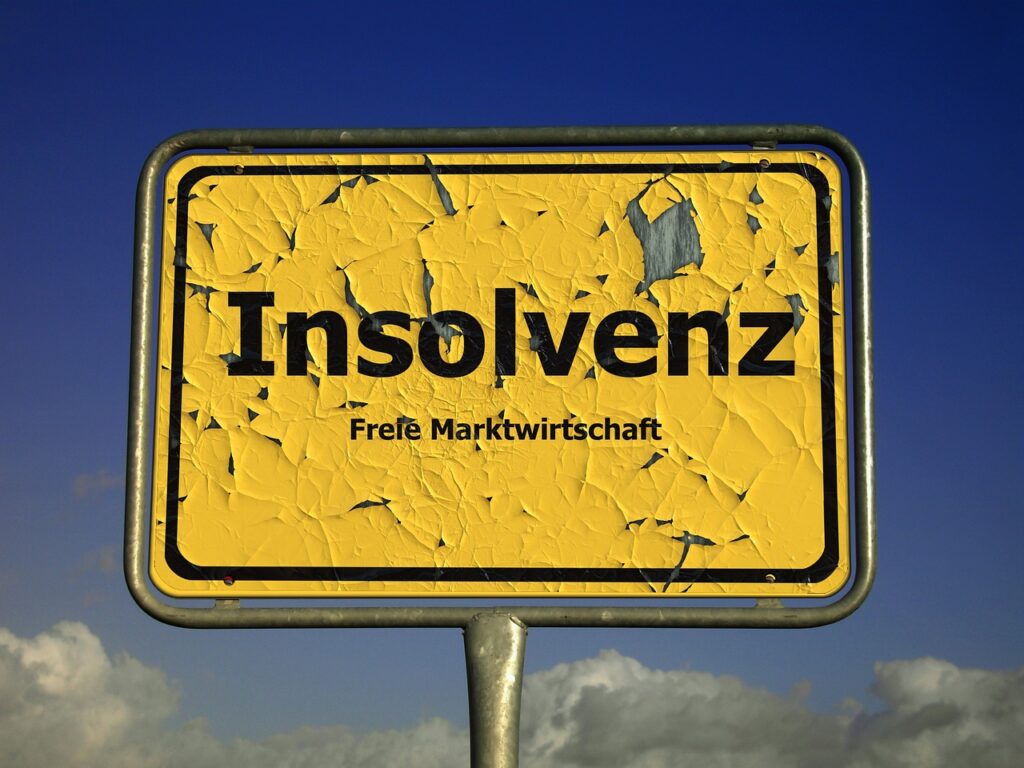Corporate restructuring in Korea has evolved distinctively due to the local regulatory environment and market structure. In particular, measures to contrast the Korea discount and chaebols’ murky maneuvers affect the legislative framework. Unlike their international counterparts, Korean companies often opt for split-offs instead of the more familiar equity carve-outs seen in other markets and not allowed in Korea.
Split-Offs in Western Markets
In usual split-offs, a business unit is separated to form an independent legal entity. Shareholders are given the option to exchange some or all of their shares in the parent company for shares in the new, divested company. This allows shareholders to choose between maintaining their investment in the parent company or diversifying into the new entity.
The Fortive Corporation split-off in 2018 is a notable example. The conglomerate divested its Automation & Specialty division. Shareholders were offered the choice to exchange their shares for shares in the newly formed Stevens Holding Company, Inc.
Korean Split-Offs
In Korea, split-offs follow a similar initial process where a business unit is separated to form a new entity. However, there is a significant difference: the shares of the newly formed entity are retained by the parent company rather than being distributed to its shareholders. This creates a fully-owned subsidiary rather than an independent company.
A prime example is LG Chem’s split-off of its battery business. The lucrative division was separated to form LG Energy Solution Ltd., which then undertook an IPO. This approach allowed LG Chem to retain control over the new entity while also creating a pathway for raising capital through the future IPO.
Advantages of Korean Split-Offs
Despite arising from need, Korean split-offs still provide several advantages.
- Control Retention: The parent company maintains complete control over the new entity, which becomes a wholly-owned subsidiary. This maintains alignment and coordination between the parent and subsidiary.
- Strategic Flexibility: This structure provides flexibility for the parent firm to undergo further restructuring, including transitioning into a holding company – a common countermeasure against the Korea discount – or divesting inefficient assets.
- Intermediate Step to IPO: Split-offs often serve as an intermediate step to an IPO, allowing companies to raise capital without immediate dilution of ownership. This approach can attract investors by demonstrating the subsidiary’s standalone potential.
Korean Split-Offs vs. Equity Carve-Outs
While Korean split-offs can be seen as a substitute of equity carve-outs, they present several differences:
- Capital Raising: In equity carve-outs, parent firms raise capital by conducting an IPO for their new subsidiary firms. In contrast, in Korean split-offs, capital is raised through the IPOs of the subsidiaries that follow the split-off process.
- Conflict of Interests: Equity carve-outs can create conflicts of interest between parent firm shareholders and subsidiary shareholders, as well as between controlling shareholders and minority shareholders. While split-offs can also lead to conflicts, these tend to arise mainly during the subsequent IPO phase.
- Control Dilution: Controlling shareholders often pursue split-offs followed by IPOs because it allows them to raise capital without diluting their control over the company.
- Valuation Issues: A puzzling question remains why the value of the subsidiaries is not properly reflected in the value of the parent firms. This discrepancy can be attributed to market perception, strategic considerations, and regulatory environments.
References
https://www.cityindex.com/en-uk/news-and-analysis/what-is-a-demerger
https://uk.practicallaw.thomsonreuters.com/0-385-7160
https://www.koreatimes.co.kr/www/biz/2024/06/602_323668.html


